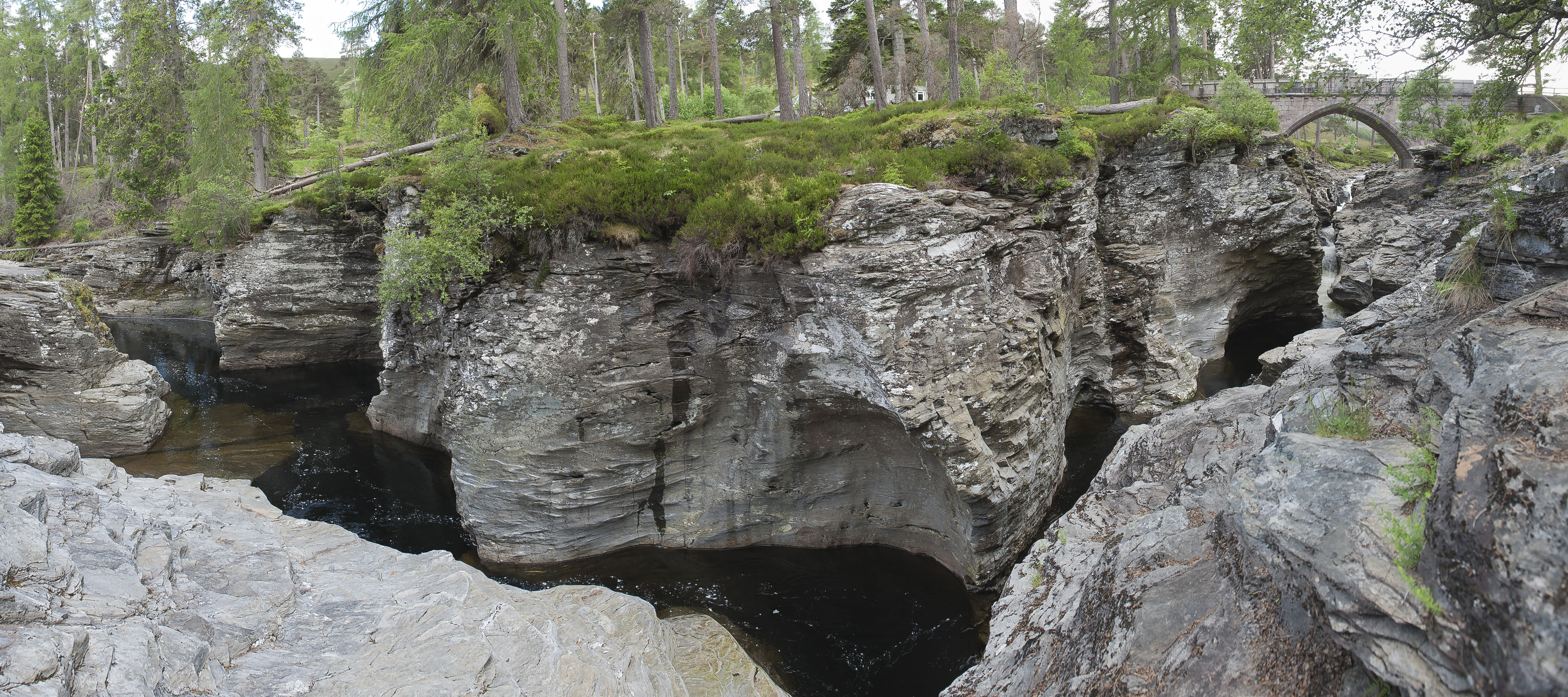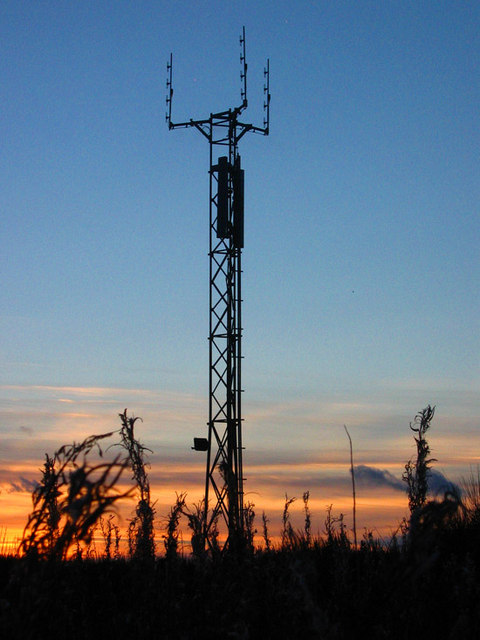|
Leuchar Burn
Leuchar Burn is a stream that rises in the Loch of Skene, in Aberdeenshire, Scotland Initially near the headwaters Leuchar Burn flows in a southerly course;United Kingdom Ordnance Survey Map, Landranger 45, Stonehaven & Banchory, 1:50,000 scale (2004) as it approaches the Royal Deeside, the watercourse rotates to the southeast, ultimately forming a boundary between Aberdeenshire and Aberdeen City. The stream then veers southerly once again before merging to the Culter Burn, which joins the River Dee at the village of Peterculter. See also * Durris Castle *Normandykes Normandykes (Grid Reference: NO 830994) is the site of a Roman marching camp to the southwest of Peterculter, City of Aberdeen, Scotland. The near-rectangular site, measuring approximately , covers about of the summit and eastern slopes of a hil ... References Rivers of Aberdeenshire {{Scotland-river-stub ... [...More Info...] [...Related Items...] OR: [Wikipedia] [Google] [Baidu] |
Scotland
Scotland (, ) is a country that is part of the United Kingdom. Covering the northern third of the island of Great Britain, mainland Scotland has a border with England to the southeast and is otherwise surrounded by the Atlantic Ocean to the north and west, the North Sea to the northeast and east, and the Irish Sea to the south. It also contains more than 790 islands, principally in the archipelagos of the Hebrides and the Northern Isles. Most of the population, including the capital Edinburgh, is concentrated in the Central Belt—the plain between the Scottish Highlands and the Southern Uplands—in the Scottish Lowlands. Scotland is divided into 32 administrative subdivisions or local authorities, known as council areas. Glasgow City is the largest council area in terms of population, with Highland being the largest in terms of area. Limited self-governing power, covering matters such as education, social services and roads and transportation, is devolved from the Scott ... [...More Info...] [...Related Items...] OR: [Wikipedia] [Google] [Baidu] |
Loch Of Skene
Loch of Skene is a large lowland, freshwater loch in Aberdeenshire, Scotland. It lies approximately to the west of the village of Kirkton of Skene and west of Aberdeen. The loch is partially man-made, being dammed at its outflow on the southern shore to form a reservoir. Before 1905, water from the loch was used in the making of tweed and to turn the mill wheel at the Garlogie Mills. When the mills closed in 1905 the water was used to generate electricity. The loch is about 6 foot deep at its deepest. Flora and fauna The loch is designated as a Special Protection Area, a Site of Special Scientific Interest and a Ramsar site for wildlife conservation purposes. The loch supports concentrations of wildfowl in autumn and winter in particular greylag geese, goldeneye ducks and pink-footed geese. Common gulls are also found on the loch. Reedbed and a birch and willow carr fringe the loch perimeter. Pike are found in the loch and a permit is required for fishing. Re ... [...More Info...] [...Related Items...] OR: [Wikipedia] [Google] [Baidu] |
Culter Burn
Culter may refer to: * Culter, South Lanarkshire, Scotland, United Kingdom * ''Culter'' (fish), a genus of cyprinid fish * Culter F.C., a junior football club from the village of Peterculter, Aberdeen, Scotland * Culter School, a primary school in Aberdeen * Peterculter Peterculter ( sco, Petercouter), also known as Culter (Scots: ''Couter''), is a suburb of Aberdeen, Scotland, about inland from Aberdeen city centre. Peterculter is on the northern banks of the River Dee, near the confluences with Crynoch ..., commonly shortened to Culter, a suburb of Aberdeen See also * Coulter (other) {{Disambig ... [...More Info...] [...Related Items...] OR: [Wikipedia] [Google] [Baidu] |
Stream
A stream is a continuous body of water, body of surface water Current (stream), flowing within the stream bed, bed and bank (geography), banks of a channel (geography), channel. Depending on its location or certain characteristics, a stream may be referred to by a variety of local or regional names. Long large streams are usually called rivers, while smaller, less voluminous and more intermittent river, intermittent streams are known as streamlets, brooks or creeks. The flow of a stream is controlled by three inputs – surface runoff (from precipitation or meltwater), daylighting (streams), daylighted subterranean river, subterranean water, and surfaced groundwater (Spring (hydrology), spring water). The surface and subterranean water are highly variable between periods of rainfall. Groundwater, on the other hand, has a relatively constant input and is controlled more by long-term patterns of precipitation. The stream encompasses surface, subsurface and groundwater fluxes th ... [...More Info...] [...Related Items...] OR: [Wikipedia] [Google] [Baidu] |
Aberdeenshire
Aberdeenshire ( sco, Aiberdeenshire; gd, Siorrachd Obar Dheathain) is one of the 32 Subdivisions of Scotland#council areas of Scotland, council areas of Scotland. It takes its name from the County of Aberdeen which has substantially different boundaries. The Aberdeenshire Council area includes all of the area of the Counties of Scotland, historic counties of Aberdeenshire and Kincardineshire (except the area making up the City of Aberdeen), as well as part of Banffshire. The county boundaries are officially used for a few purposes, namely land registration and Lieutenancy areas of Scotland, lieutenancy. Aberdeenshire Council is headquartered at Woodhill House, in Aberdeen, making it the only Scottish council whose headquarters are located outside its jurisdiction. Aberdeen itself forms a different council area (Aberdeen City). Aberdeenshire borders onto Angus, Scotland, Angus and Perth and Kinross to the south, Highland (council area), Highland and Moray to the west and Aber ... [...More Info...] [...Related Items...] OR: [Wikipedia] [Google] [Baidu] |
Royal Deeside
The River Dee ( gd, Uisge Dhè) is a river in Aberdeenshire, Scotland. It rises in the Cairngorms and flows through southern Aberdeenshire to reach the North Sea at Aberdeen. The area it passes through is known as Deeside, or Royal Deeside in the region between Braemar and Banchory because Queen Victoria came for a visit there in 1848 and greatly enjoyed herself. She and her husband, Prince Albert, built Balmoral Castle there which replaced an older castle. Deeside is a popular area for tourists, due to the combination of scenic beauty and historic and royal associations. It is part of the Cairngorms National Park, and the Deeside and Lochnagar National Scenic Area. The Dee is popular with anglers and is one of the most famous salmon fishing rivers in the world. The New Statistical Account of Scotland attributed the name Dee as having been used as early as the second century AD in the work of the Alexandrian geographer Claudius Ptolemy, as ''Δηοῦα'' (=Deva), meaning 'g ... [...More Info...] [...Related Items...] OR: [Wikipedia] [Google] [Baidu] |
Aberdeen
Aberdeen (; sco, Aiberdeen ; gd, Obar Dheathain ; la, Aberdonia) is a city in North East Scotland, and is the third most populous city in the country. Aberdeen is one of Scotland's 32 local government council areas (as Aberdeen City), and has a population estimate of for the city of Aberdeen, and for the local council area making it the United Kingdom's 39th most populous built-up area. The city is northeast of Edinburgh and north of London, and is the northernmost major city in the United Kingdom. Aberdeen has a long, sandy coastline and features an oceanic climate, with cool summers and mild, rainy winters. During the mid-18th to mid-20th centuries, Aberdeen's buildings incorporated locally quarried grey granite, which may sparkle like silver because of its high mica content. Since the discovery of North Sea oil in 1969, Aberdeen has been known as the offshore oil capital of Europe. Based upon the discovery of prehistoric villages around the mouths of the rivers ... [...More Info...] [...Related Items...] OR: [Wikipedia] [Google] [Baidu] |
River Dee, Aberdeenshire
The River Dee ( gd, Uisge Dhè) is a river in Aberdeenshire, Scotland. It rises in the Cairngorms and flows through southern Aberdeenshire to reach the North Sea at Aberdeen. The area it passes through is known as Deeside, or Royal Deeside in the region between Braemar and Banchory because Queen Victoria came for a visit there in 1848 and greatly enjoyed herself. She and her husband, Prince Albert, built Balmoral Castle there which replaced an older castle. Deeside is a popular area for tourists, due to the combination of scenic beauty and historic and royal associations. It is part of the Cairngorms National Park, and the Deeside and Lochnagar National Scenic Area. The Dee is popular with anglers and is one of the most famous salmon fishing rivers in the world. The New Statistical Account of Scotland attributed the name Dee as having been used as early as the second century AD in the work of the Alexandrian geographer Claudius Ptolemy, as ''Δηοῦα'' (=Deva), meaning ... [...More Info...] [...Related Items...] OR: [Wikipedia] [Google] [Baidu] |
Peterculter
Peterculter ( sco, Petercouter), also known as Culter (Scots: ''Couter''), is a suburb of Aberdeen, Scotland, about inland from Aberdeen city centre. Peterculter is on the northern banks of the River Dee, near the confluences with Crynoch Burn and Leuchar Burn. Following the 1996 Scottish council boundary changes it became part of the City of Aberdeen's Lower Deeside ward. The latter part of the name is said to come from the Gaelic compound word "Cul-tir", which signifies the "back part" of the country. History About south west of the Peterculter is the site of the Roman marching camp at Normandykes. King William the Lion bestowed the church of Kulter, "iuxta Abirdene", upon the Abbey and monks of St Mary of Kelso, about 1165–1199. The gift was afterwards confirmed by Mathew, Bishop of Aberdeen, within whose diocese the church sat. Alan of Soltre, chaplain, who had probably been an ecclesiastic of the hospital, or monastery of Soutra, in Lothian, was presented ... [...More Info...] [...Related Items...] OR: [Wikipedia] [Google] [Baidu] |
Durris Castle
Durris Castle or the House of Dores was an early royal residence on the southern bank of the River Dee in Aberdeenshire, Scotland. The castle controlled the northern end of the Crynes Corse Mounth trackway. Dating from at least the 13th century, the castle, a motte and bailey, was occupied by Alexander III and is mentioned in the Chamberlain Rolls of the time as the subject of repairs. King Edward I of England stayed one night in 1296 at the castle, during his invasion of Scotland. Durris was granted to the Fraser family by King Robert I of Scotland and created into a barony by King David II of Scotland. It was burned by the Marquis of Montrose in 1645 and not rebuilt. No remains of the castle exist today, but the 7-metre-high conical knoll In geography, knoll is another term for a knowe or hillock, a small, low, round natural hill or mound. Knoll may also refer to: Places * Knoll Camp, site of an Iron Age hill fort Hampshire, England, United Kingdom * Knoll Lake, Leona ... [...More Info...] [...Related Items...] OR: [Wikipedia] [Google] [Baidu] |
Normandykes
Normandykes (Grid Reference: NO 830994) is the site of a Roman marching camp to the southwest of Peterculter, City of Aberdeen, Scotland. The near-rectangular site, measuring approximately , covers about of the summit and eastern slopes of a hill overlooking the River Dee and the B9077 road further south. Aerial photographs for Normandykes have been archived between 1947 and 1976. The camp is about , or less than half a day's march, north of the Raedykes camp. It is possible that the actual route taken would have entailed one day's march, over a route likely chosen to avoid the Red Moss, a virtually uncrossable bog near the present day village of Netherley. Normandykes was first excavated in the year 1935 by Richmond and MacIntyre; construction is thought to date to the Antonine or Severan periods. The site is designated a scheduled ancient monument. See also * Raedykes * Balbridie * Crynoch Burn * Deers Den * Glenmailen * Leuchar Burn * Maryculter House * Ythan Wells * Mu ... [...More Info...] [...Related Items...] OR: [Wikipedia] [Google] [Baidu] |

_nahe_dem_Weiherdamm_in_Wildbergerhütte.jpg)





